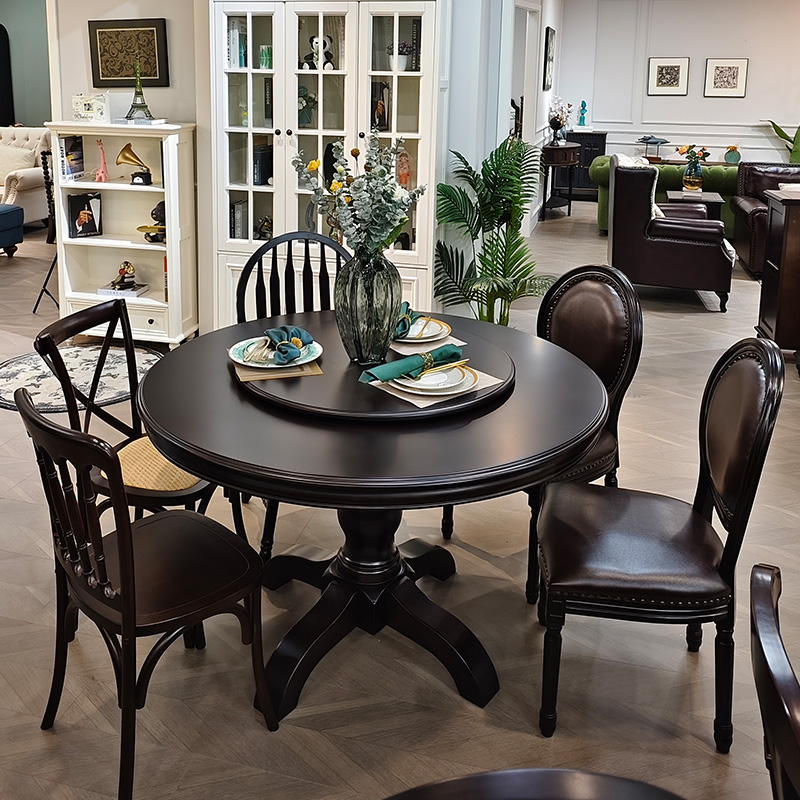How to Maintain Family Dining Tables and Chairs for Long-Lasting Durability
Proper care extends the life of your durable family dining tables and chairs. Regular maintenance keeps them looking new and functional. This guide shares practical tips to protect your dining furniture, ensuring it remains a centerpiece for family gatherings.
Understand Your Furniture Materials
Know the materials of your dining set. Wooden tables need different care than glass or metal ones. Check chair upholstery, whether fabric or leather, for specific cleaning needs. Understanding materials helps you choose the right cleaning methods.
Refer to manufacturer guidelines for care instructions. This prevents damage from improper cleaning products or techniques.

Regular Cleaning Routine
Clean your dining table after meals to prevent stains. For wooden tables, use a damp cloth with mild soap, then dry immediately. Avoid harsh chemicals that strip finishes. Glass tables need non-abrasive cleaners to prevent scratches.
For chairs, vacuum fabric upholstery to remove dust. Wipe leather with a damp cloth and use a leather conditioner monthly. Regular cleaning keeps furniture fresh and free of buildup.
Protect Against Damage
Use coasters, placemats, or tablecloths to shield tables from spills and scratches. Hot dishes can leave marks, so use trivets. For chairs, avoid dragging them to prevent frame damage or floor scratches.
Consider seat covers for fabric chairs in busy households. These protect against spills and are easy to wash, extending upholstery life.
Handle Stains Promptly
Address spills immediately to avoid permanent stains. Blot liquids with a clean cloth instead of rubbing. For wood, use a mild cleaner for sticky residues. On glass, use vinegar-based solutions for tough spots.
For fabric chairs, use a stain remover suitable for the material. Test cleaners on a small area first to ensure no discoloration occurs.
Maintain Structural Integrity
Check for loose screws or wobbly legs monthly. Tighten bolts on tables and chairs to maintain stability. For wooden furniture, avoid prolonged exposure to sunlight, which can cause fading or warping.
Rotate chairs periodically to distribute wear evenly. This is especially important for heavily used dining sets in large families.
Control Environmental Factors
Keep your dining area at stable humidity to prevent wood from cracking. Use a humidifier in dry climates or a dehumidifier in humid ones. Avoid placing furniture near heat sources like radiators, which can damage materials.
For glass tables, ensure good ventilation to prevent moisture buildup. Proper conditions help maintain furniture quality over time.
Polish and Refinish When Needed
Polish wooden tables every few months to restore shine. Use products designed for your table’s finish. For deep scratches, consider professional refinishing to avoid further damage.
Reupholster fabric chairs if stains or wear become noticeable. This refreshes the look without replacing the entire set, saving costs.
Store Properly During Non-Use
If storing furniture, keep it in a dry, cool place. Cover tables and chairs with breathable fabric to prevent dust buildup. Avoid plastic covers, which trap moisture and cause mildew.
Disassemble large tables if possible to save space and prevent strain on joints. Proper storage ensures furniture stays in good condition.
Maintaining your durable family dining tables and chairs ensures they last for years. Regular cleaning, prompt stain removal, and proper care keep them functional and stylish. Protect your investment with these simple tips to enjoy a beautiful dining space for family moments.
